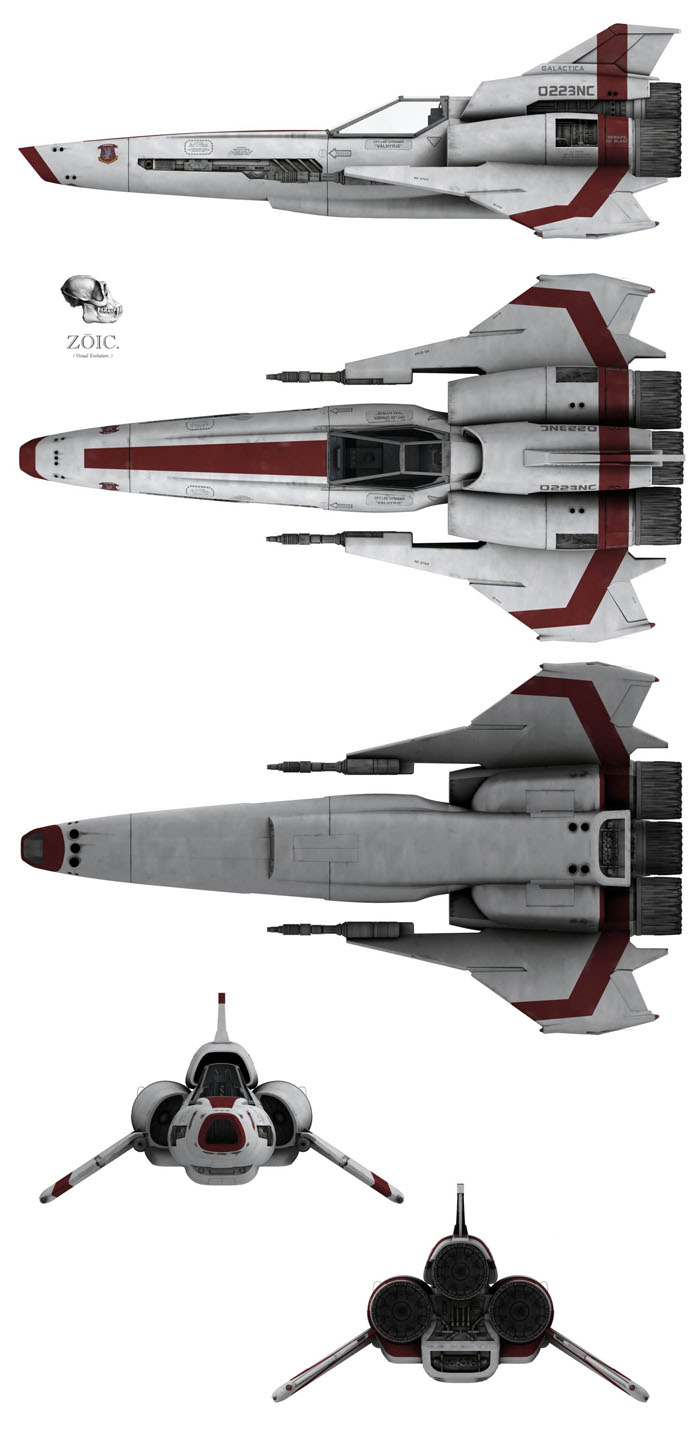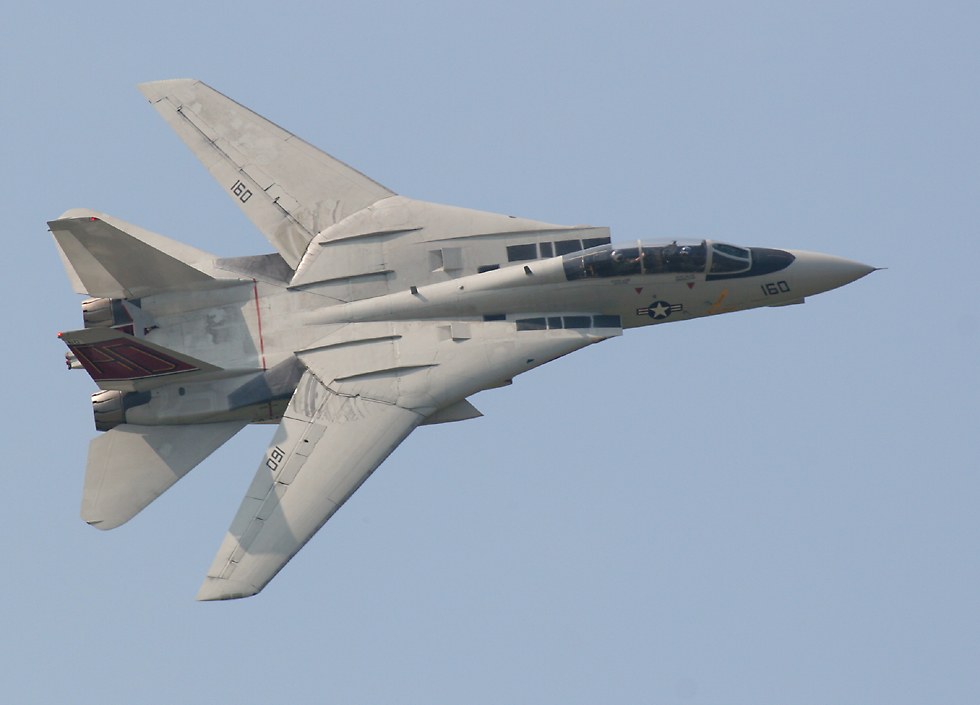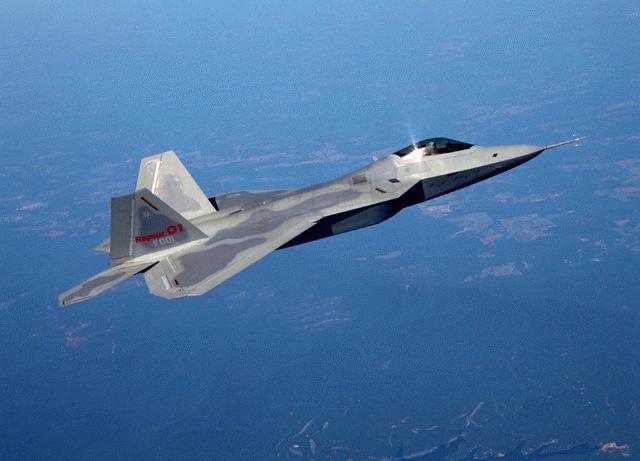Back in the late 90s, the internet was in its infancy, a place of forums and personal websites when users had to know a little bit about writing HTML. No Facebook, Photobucket, Twitter, or Blogs. At that time I was heavy into Star Trek as TNG ran its course and DP9 was soon to end. 3D modeling had come onto the scene and there was the art of the Wolfpack, and Sci-Fi Arts was one of the first forums to showcase 3D art, mostly Trek related.
But I wasn't a modeler, and honestly had a jaundiced eye toward it as I felt it "cheated" conventional art methods. I was, however, a pencil and pen conceptualizer, but there was no place to post my art at SFA other than the general discussion or 3D art subforums. So I asked Tachy to make a place for me and he added the 2D art section, which is now a default part of many science fiction art forums--my little contribution to their history.
I posted designs, and had a website of my own, which back in those days of FTP uploading adding new material was a lengthy process when you had to write the coding yourself. Thus the website didn't grow as fast as my drawing did, and drinking beer certainly got in way. I did manage to get a few things up on the web. However, moving and needing new computers meant the old scanned drawings didn't always get transferred to the new computers. And as time wore on, the websites got neglected, and eventually died in in the beginning of the 2000s. I'd say the old design website never really took off.
It had its fans though.
I truly don't know what to feel about having fans. Undeserving perhaps, because I always feel the final product isn't quite good enough, that it can always be a little bit better, a little less sloppy, a little more thought out, and on and on.
Sometimes out of the blue, I'll get a mention on a forum I don't visit, or visit often, or an email about some old concepts and the old website. And the conversation usually starts with "Do you still have. . ."
Yes. Yes I do, yellowing in boxes.
So I went looking through my collection, going down memory lane, and I've bored you enough so on to the concepts if you haven't skipped all this.
PART 1 The "Beyond Now" Series
Most of my work, or at least my series work, had an epic sci-fi tale with it that never got anywhere. "Beyond Now" was a place holder name for when I came up with a better one, which I never did.
Of course there is some obvious
Aliens inspiration, but the real secret to this design is to take a regular cargo ship and turn it upside down. I was also thinking that if the Space Shuttle orbited with its back to the Earth, then followed suit that he cargo bays on these ships would be on the "bottom" as far as the side view orientation went. They also thrusted for gravity so "down" pointed toward the engines.
This looks like one of the earliest concepts, before the upside ship began to influence me.
I began to play with different engine types. I believe this used magnetic fields to direct plasma thrust, inspired by the natural forces of the sun. And I always hated the requirement of turning around to slow down. I saw it as a combat weakness. So I added retro-engines.
The letter codes for this combat ship are:
a) Sensors, comm, radar, and telescopes, plus special sensor booms, and a fwd antigravity unit.
b) armory and hydraulic gun.
c) payload bay
d) auxiliary solar panel array (stowed)
e) Upper defensive laser
f) star trackers and nav sensors
g) offensive laser
h) superstructure w/ bridge and docking tubes
i) aft sensor boom and arrays
j) FTL comm
k) aft hydraulic guns and antigrav
l) power reactor and negative energy generator
m) main engines and fuel tankage
This oddity was when I first started thinking about wormhole travel.
The caveat here was that the process killed the pilot, so he or she had
to be revived.
These designs are 15 years old, but they
look timeless. Odd that when I did get into 3D modeling, I never thought
to look back over these and model them. I guess I figured they run
their course.
More to come . . .























